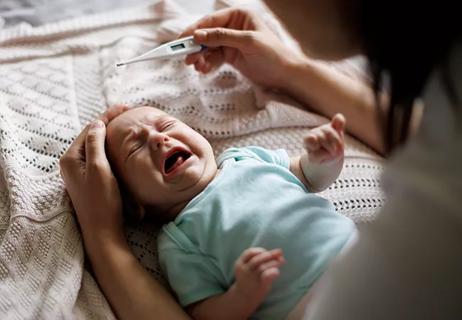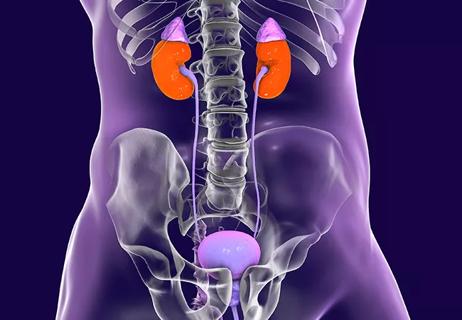New program brings ‘all hands on deck’ to reduce infant mortality

Although infant mortality rates have been gradually declining in the U.S. for the past several years, they still remain high compared to other industrialized countries, and extreme disparities remain between Black and white families.
Advertisement
Cleveland Clinic is a non-profit academic medical center. Advertising on our site helps support our mission. We do not endorse non-Cleveland Clinic products or services. Policy
Recognizing that overlapping issues of health, access and social determinants of health contribute to this crisis, Cleveland Clinic has launched a new initiative, the Center for Infant and Maternal Health. The goal: to support mothers throughout their pregnancy and the baby’s first year of life, and to ensure these families have access to a seamless transition of care.
“Our national infant mortality rate is 5.4 per 1,000 live births. In Ohio, the rate is 6.5. And in the neighborhoods surrounding our main campus, it’s between 20 and 25,” says Oluwatosin Goje, MD, the center’s medical director. “So we need all hands on deck to reverse this trend — and I think we can.”
Through the center, Cleveland Clinic will expand its services, coordinate care across multiple specialties, and work with community partners to reach people who are most vulnerable, Dr. Goje says.
The center will focus on four main areas:
“For these first three programs to work, we believe that social determinants of health must be addressed in tandem,” Dr. Goje says.
Advertisement
In the center’s community-based program, patients identified as having social vulnerabilities will be identified. They will be either referred to resources or paired with a community health worker who will support them throughout the rest of their pregnancy and their baby’s first year.
“By going on this pregnancy journey with the patient, you are identifying their needs in real time as things change,” Dr. Goje says. “And because they know you, it might be easier for them to be vulnerable and tell you, ‘This is what I’m going through.’”
The center grew out of priorities set by health system leaders, championed by Chief of Staff Beri Ridgeway, MD, to ensure that Cleveland Clinic responds to needs of the community in which it is based. Along with collaborating with Cleveland Clinic providers across specialties, the center will partner with local community organizations, such as Birthing Beautiful Communities and Village of Healing.
“For me, that’s important,” Dr. Goje says. “We’re not here to say we know everything. We’re here to say we recognize a problem and we’re part of a team that can help our communities achieve a lower infant and maternal mortality rate.”
The goal is eventually to reach 5,000 mother-baby pairs per year.
“That means having a meaningful interaction with them, whether it’s via the community health worker, the OB navigator, through our community partners, or through our medical collaborators like endocrinology and psychiatry,” says Dr. Goje.
In addition to decreasing infant mortality and severe maternal morbidity and mortality, success will be measured in patient experience as well as access to care. A key target is getting mothers access to prenatal care in the first trimester and postpartum visits at two and six weeks after birth — an expansion of Cleveland Clinic’s previous model of postpartum care.
Advertisement
Mothers with hypertension will be flagged for a first postpartum visit between three and seven days after discharge from the hospital.
In some ways, outcomes will be measured at the individual level, Goje adds.
“One of our OB navigators told me they were able to get a patient who missed their visit to reschedule,” she says. “For me, that’s a big thing, because in the past if she missed her appointment, she might just not show up again until delivery. But we have people in the community who can reach out and help her navigate the system by helping her reschedule. So those successes stories tell me we’re moving in the right direction.”
Clinicians who have a pregnant patient they think could benefit from the center can refer the patient for a consult.
Advertisement
Advertisement

Findings underscore the value of clinical monitoring in pregnant patients using SSRIs and SNRIs

A discussion of special care considerations before, during and after pregnancy

Supporting birthing patients through newer tools and strategies

The infant fever care path is an interactive, step-by-step tool within the electronic health record that reduces high variability among standard practices to ensure safe, quality care at all Cleveland Clinic locations

Multidisciplinary approach starts with early and regular screenings

Diagnosis and treatment of MOG antibody-associated disease

New care path supports obstetric patients with bladder dysfunction